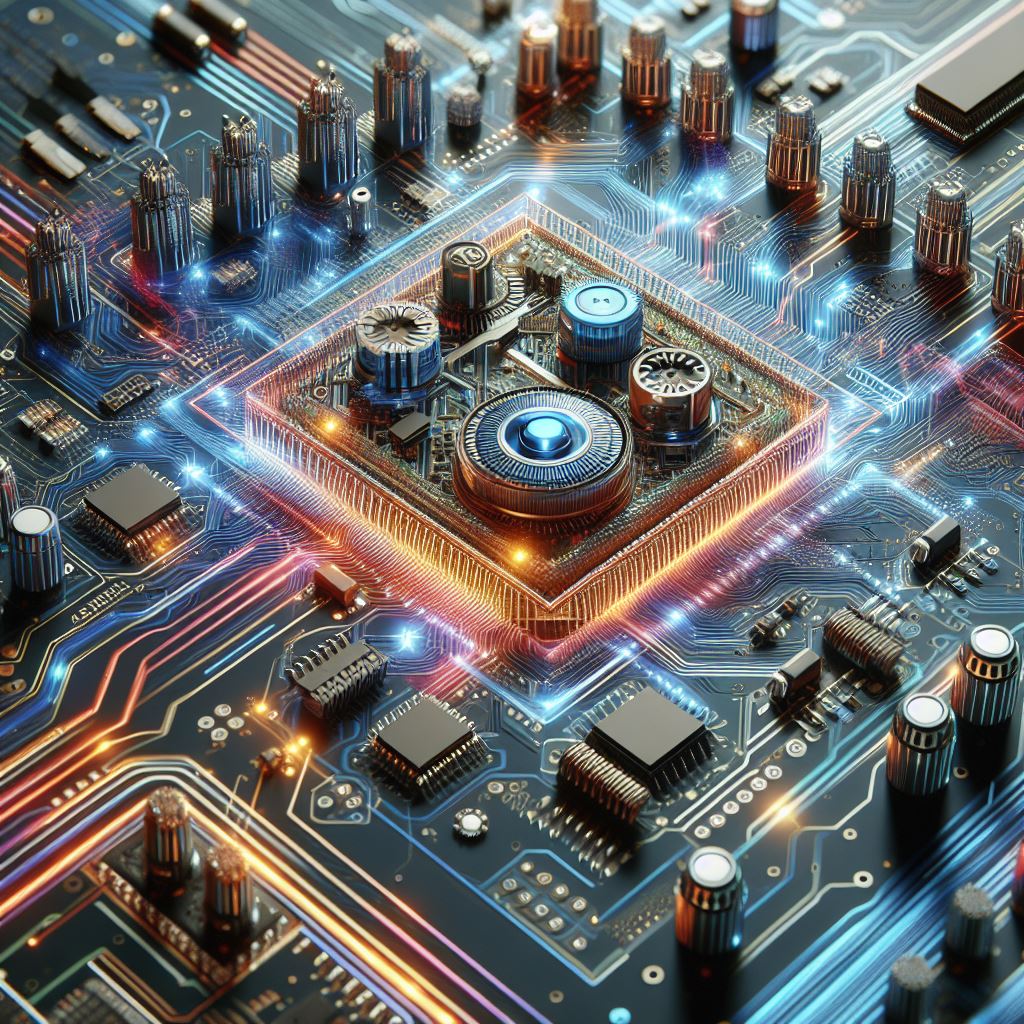In today's technology-driven world, the importance of high-speed printed circuit board design cannot be ignored. With increasing data rates and frequencies, the demand for efficient and reliable high speed PCB layouts is all-time high. However, the advent of high-speed PCB design brings along its own set of challenges, especially electromagnetic interference (EMI). The effects of EMI on signal integrity and performance can be both costly and time-consuming to rectify. To address this issue, EMI shielding has emerged as an indispensable solution. In this post, we will delve into the impact of EMI shielding in high-speed PCB design and how it augments the performance and reliability of boards.

Understanding EMI in High-Speed PCB Design
EMI refers to the disturbance caused by electromagnetic radiation emitted from electronic devices that can interfere with the proper operation of nearby electronic devices and systems. In the case of high-speed PCB design, EMI can be particularly challenging due to the fast-switching speeds and high frequencies involved. These high-speed signals can generate significant amounts of electromagnetic radiation, which can lead to EMI issues if not properly controlled. Common sources of such EMI include clocks, data lines, power and ground planes, and connectors. These sources generate electromagnetic fields that can couple with other components on the PCB, leading to unwanted interference.
The Role of EMI Shielding
Effective EMI shielding is crucial as digital devices become more complex and operate at higher speeds. There are various techniques and materials available to achieve optimal EMI shielding, which can be tailored to the specific needs of the PCB. Conductive materials like metal foils or conductive coatings are commonly used to create a shielded enclosure for the PCB. These materials redirect or absorb electromagnetic waves, preventing them from interfering with the sensitive components and signals on the PCB. Amongst the various techniques used, board-level EMI shielding is highly beneficial owing to their many benefits, including:
- Electromagnetic Field Containment: EMI shields effectively contain the electromagnetic fields generated within high-speed PCBs. By confining the fields, the shields prevent interference with nearby components and circuits, ensuring optimal performance and reducing the risk of electrical noise.
- Signal Integrity: For high-speed PCBs, maintaining precise signal integrity is crucial to avoid data corruption and ensure accurate transmission. Board level EMI shields provide a reliable barrier against electromagnetic radiation, preventing cross-talk and signal distortion, ultimately leading to significantly improved signal integrity and enhanced data transmission quality.
- Enhanced Reliability: EMI shields improve the reliability of electronic systems by minimizing the risks associated with interference and signal distortion. They help maintain consistent performance levels, prevent data errors, and reduce the likelihood of system failures or malfunctions.
- Compliance with Regulatory Standards: Many industries have strict regulations regarding electromagnetic emissions. Board level EMI shields facilitate compliance with these standards by reducing and containing electromagnetic radiation within high-speed PCBs, essential for approval and certification of electronic devices in various markets.
- Design Flexibility: EMI shields can be customized to fit specific form factors and requirements. They can be integrated into the PCB layout, tailored to meet unique EMI challenges, and strategically positioned for maximum shielding effectiveness.
High-speed PCBs often have several components and traces producing electromagnetic fields within the circuit. Internal shielding techniques, such as partitioning, grounding, and signal isolation, are employed to minimize the crosstalk and interference between different sections of the PCB. Needless to say, each PCB design requires careful consideration and analysis to determine the most effective shielding approach. Factors such as the operating frequency, desired signal integrity, and size constraints must all be taken into account. If you are considering board level shielding for high-speed PCBs, SnapShot® board level shield by XGR Technologies will be a great option. These multi-cavity shields offer innovative solutions to the numerous EMI problems and challenges commonly encountered in modern high-speed PCB design.


